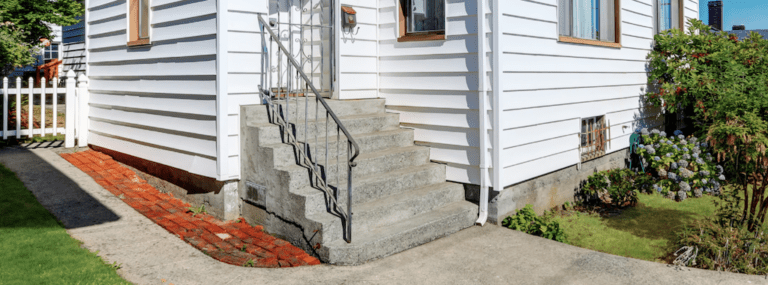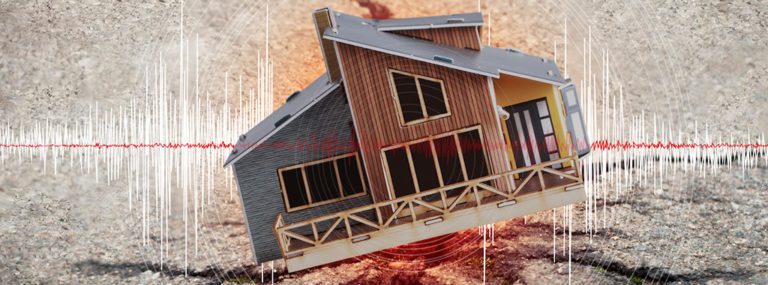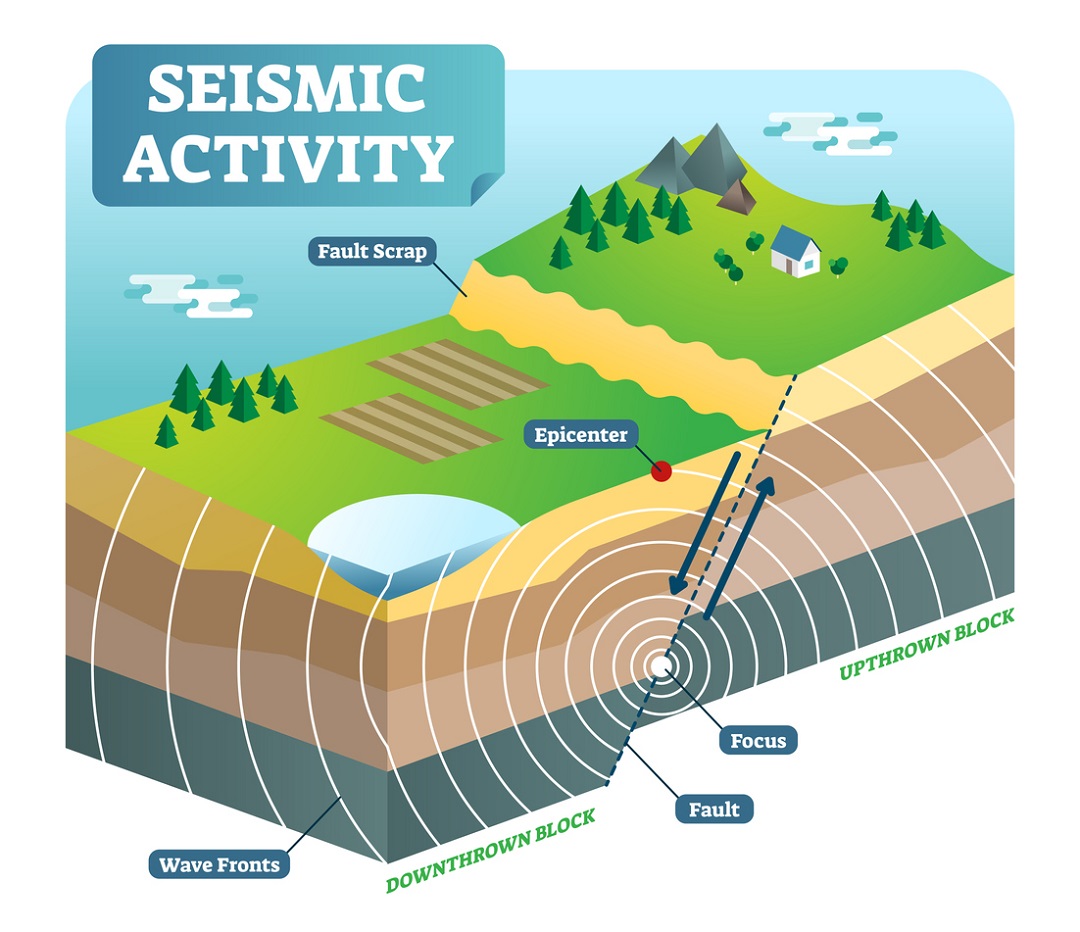
Seismic activity isometric vector illustration outdoor nature scene diagram with two moving plates and focus epicenter.Earthquakes, or seismic events, are caused by the movement of tectonic plates within the Earth’s crust. These movements create powerful waves of energy that can cause great destruction at the Earth’s surface. The likelihood of a seismic event occurring in a specific location depends on several factors, including the location’s tectonic activity, the type of fault that runs through the area, and the history of earthquakes in the region.
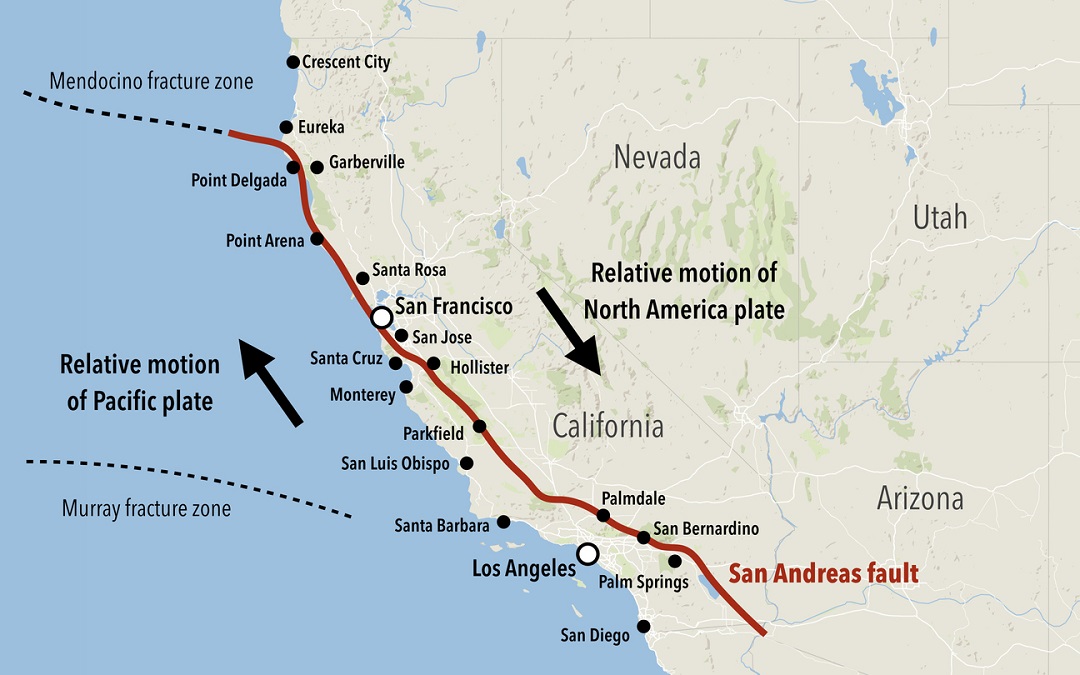
A slip on the San Andreas Fault caused the Loma Prieta Earthquake. The quake had a magnitude of 6.9 and lasted 10-15 seconds. We’ve previously written about Loma Prieta and how it influenced some of our engineers to pursue careers in this field. Here are other major seismic events in recorded history:
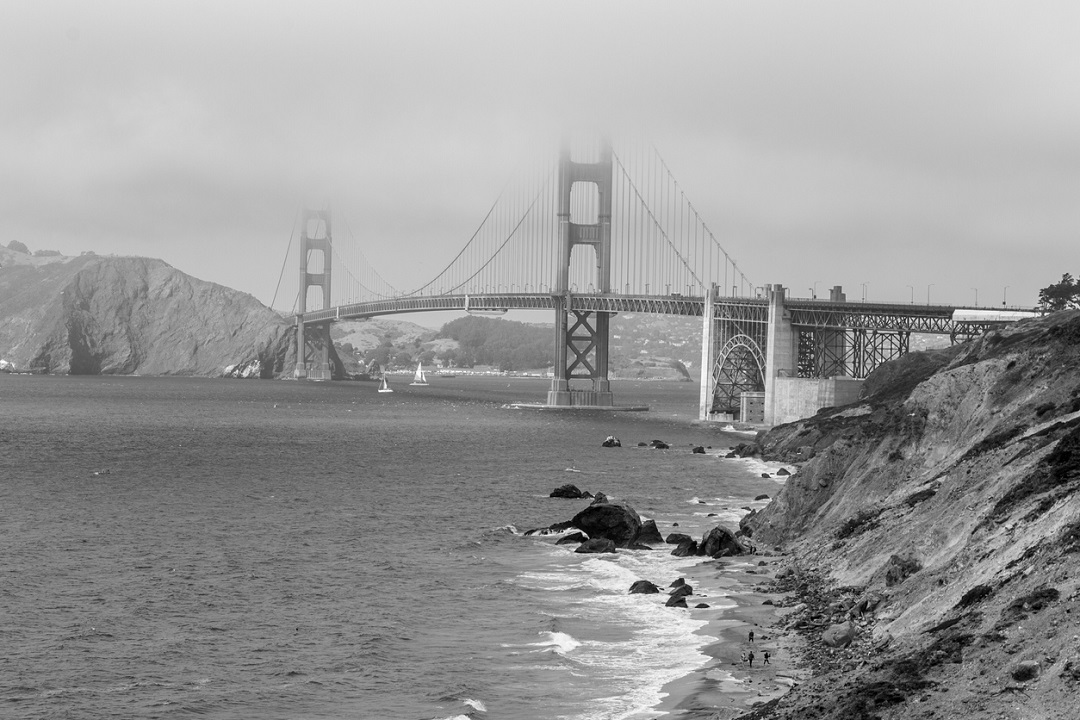
The Great San Francisco Earthquake of 1906: April 18, 1906. Modern estimates of its magnitude range from 7.7 to 8.3. Between the earthquake and the ensuing fire, more than 3,000 people died and at least 80% of the city was damaged or destroyed. Like the 1989 Loma Prieta earthquake, this one was likely centered offshore of San Francisco along the San Andreas Fault between the Pacific Plate and the North American Plate. It remains the deadliest natural disaster in California history and one of the most destructive earthquakes in US history.
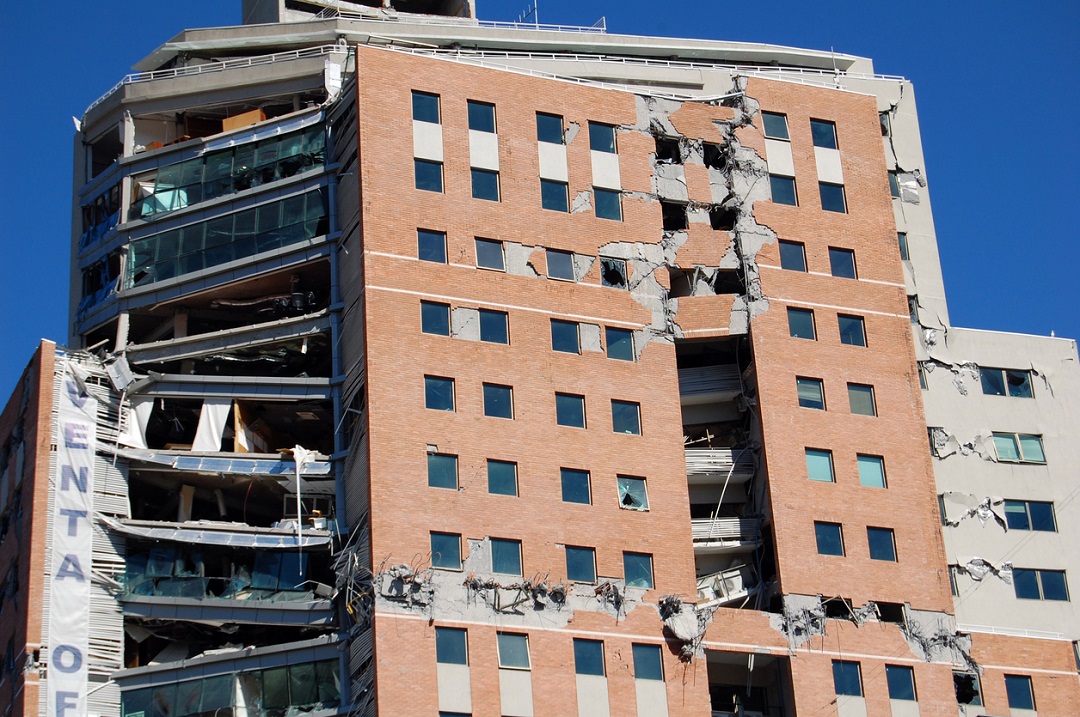
The Great Chilean Earthquake of 1960: May 22, 1960. Magnitude: 9.4-9.6 (most powerful ever recorded). It was centered near Valdivia, Chile, and caused widespread destruction and loss of life in Chile as well as in neighboring countries such as Peru and Ecuador. This earthquake occurred on the Nazca Plate, which is moving beneath the South American Plate.
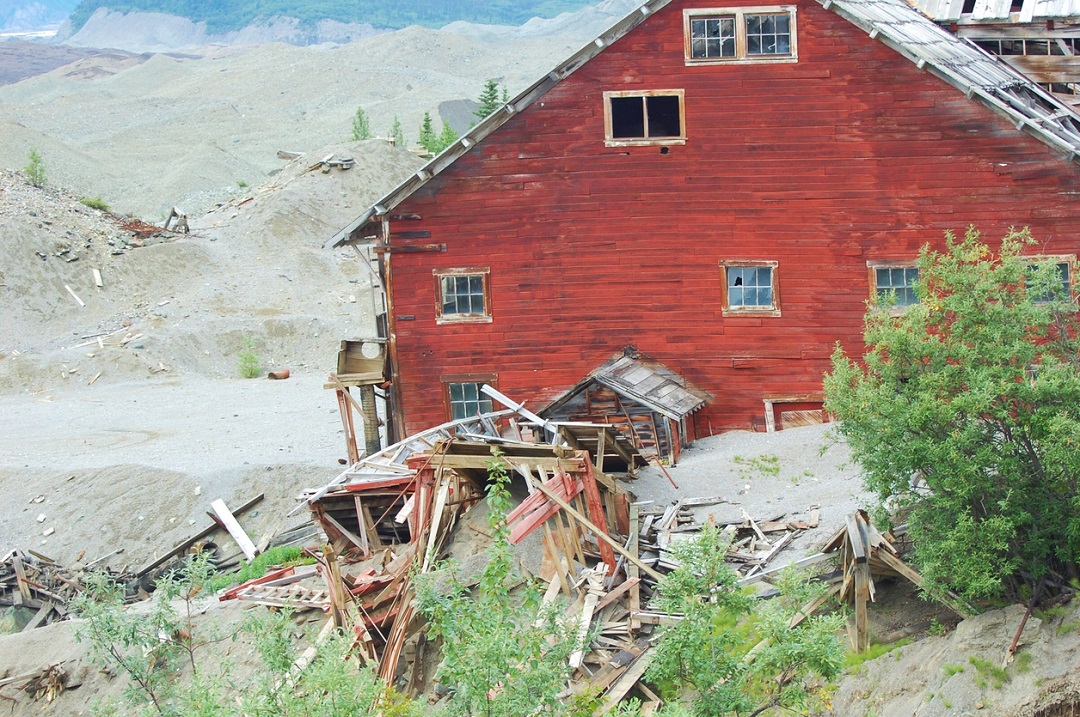
The Great Alaska Earthquake of 1964: March 27, 1964. Magnitude: 9.2. It was centered near Anchorage, Alaska, and was the most powerful earthquake ever recorded in the United States. It caused extensive damage to the state’s infrastructure and generated a tsunami that caused additional devastation and loss of life around the Pacific Rim. This earthquake occurred on the Pacific Plate, which is moving beneath the North American Plate.
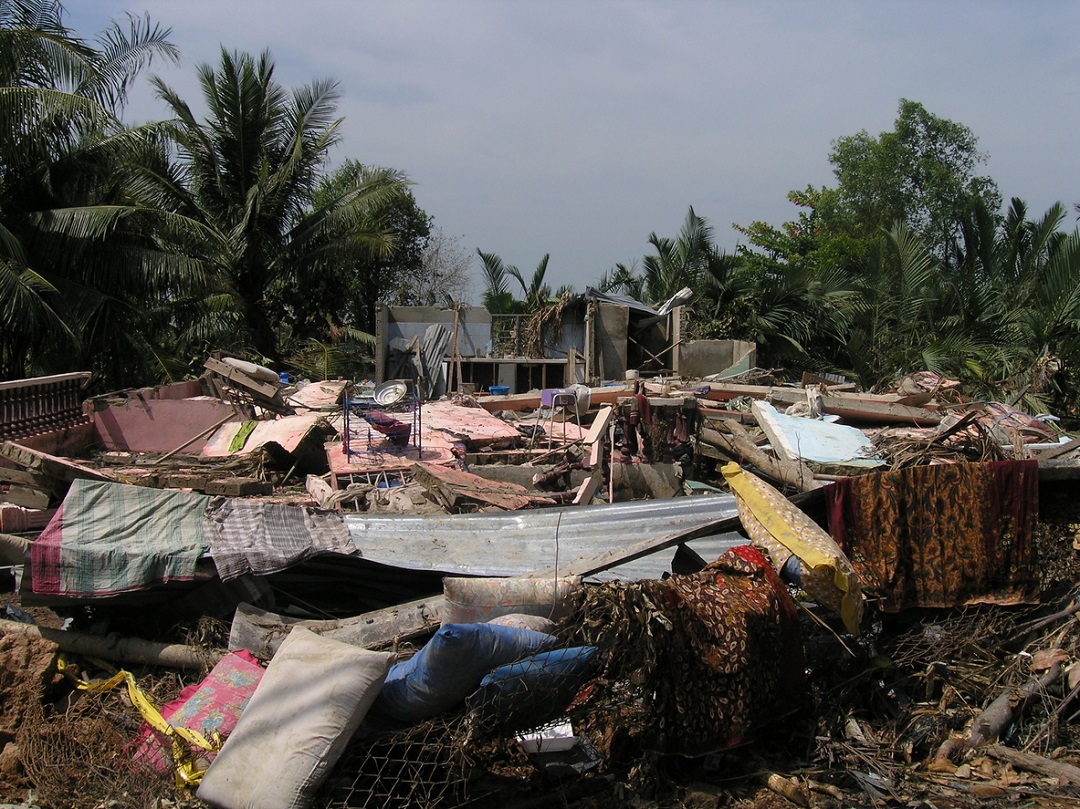
The Sumatra-Andaman Earthquake of 2004: December 26, 2004. Magnitude: 9.1-9.3. It was centered off the west coast of Sumatra, Indonesia, and was the third-largest earthquake ever recorded. It caused a devastating tsunami that inflicted widespread destruction and loss of life in the Indian Ocean region. This earthquake occurred on the Indo-Australian Plate, which is moving beneath the Sunda Plate.
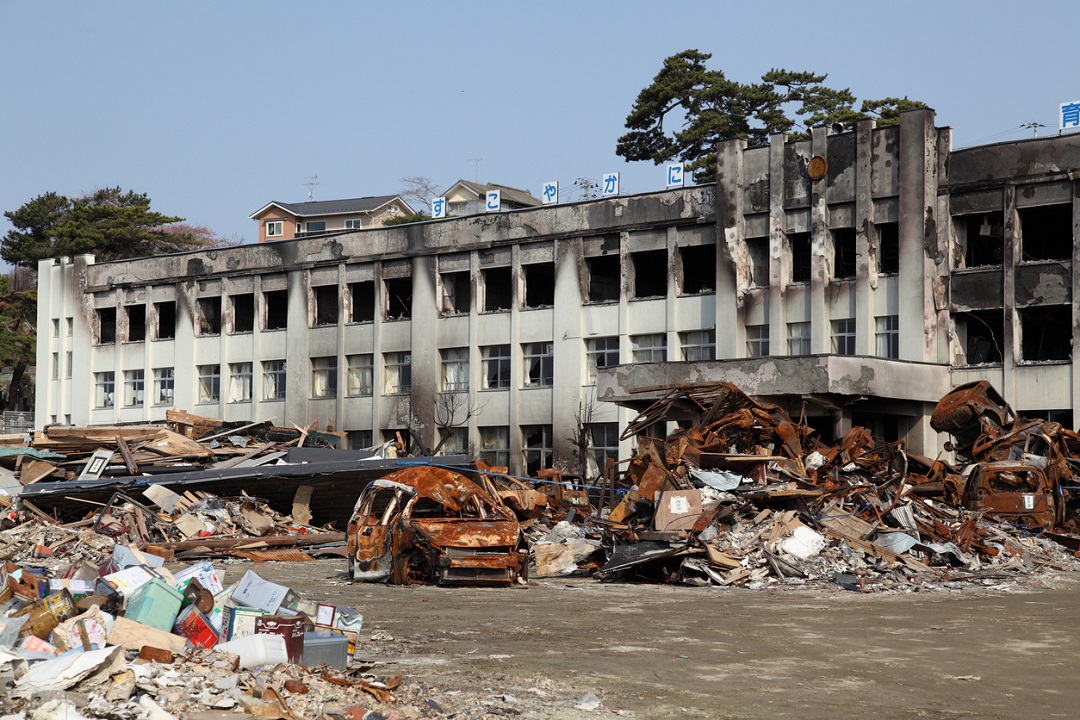
The Tōhoku Earthquake and Tsunami of 2011: March 11, 2011. Magnitude: 9.0. It was centered off the coast of Tōhoku, Japan, and was the fourth-largest earthquake ever recorded. It caused a devastating tsunami that wreaked widespread destruction and loss of life in Japan. This earthquake occurred on the Pacific Plate, which is moving beneath the North American Plate.
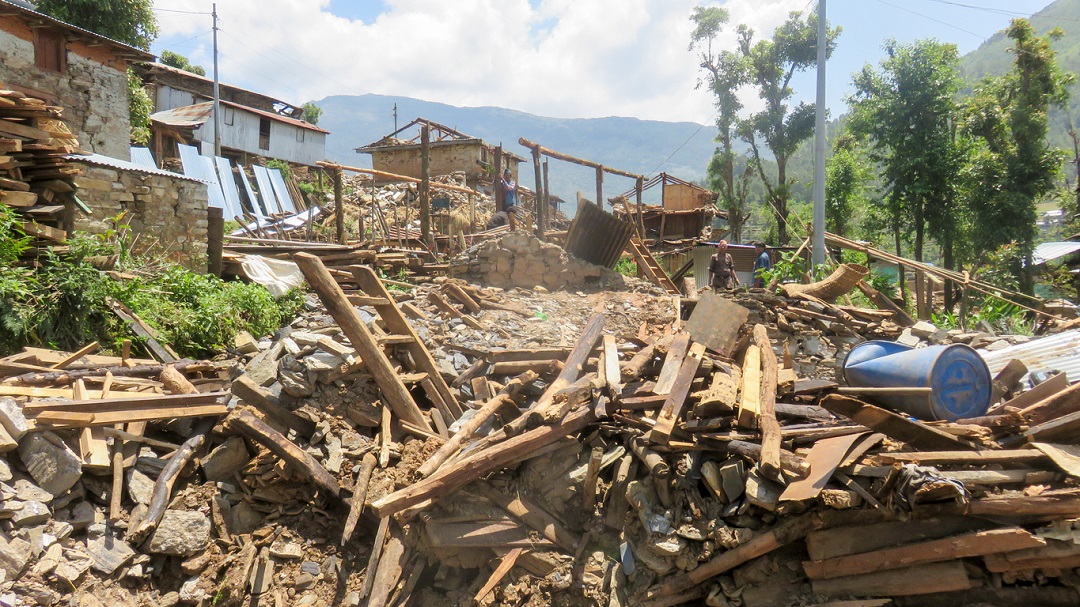
The Nepal Earthquake of 2015: April 25, 2015. Magnitude: 7.8. It was centered near Kathmandu, Nepal, and was the most powerful earthquake to hit Nepal in more than 80 years. It caused widespread destruction and loss of life in the region. This earthquake occurred on the Indian Plate, which is moving beneath the Eurasian Plate.

It’s important to be prepared for earthquakes and other seismic events, as they can happen at any time with little warning and can cause significant damage and loss of life. Some ways to prepare for earthquakes include building an emergency supply kit and creating an emergency plan so you know what to do both during and after an earthquake. It’s also important to be aware of the risk of earthquakes in your area and to follow any safety guidelines and recommendations provided by local authorities.
Simpson Strong-Tie provides several resources for retrofitting living structures so you can prepare your home for future earthquakes.

